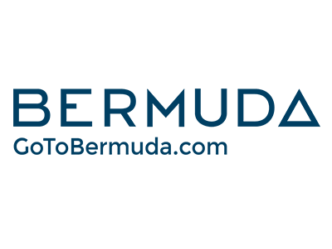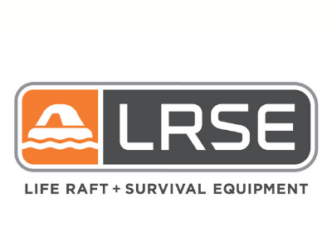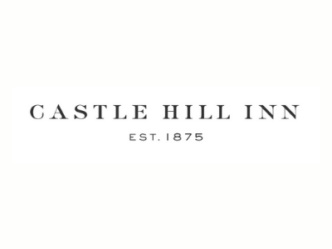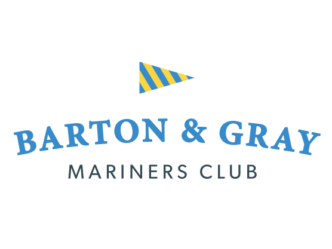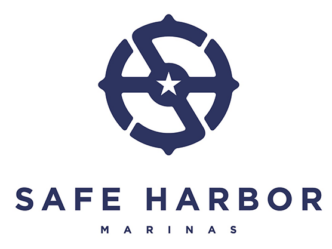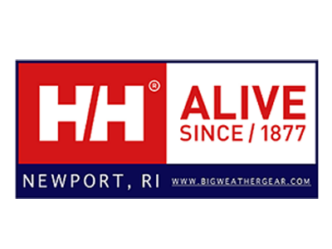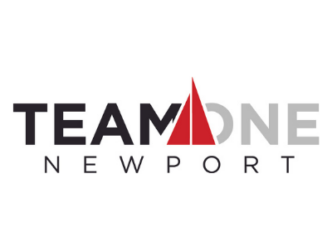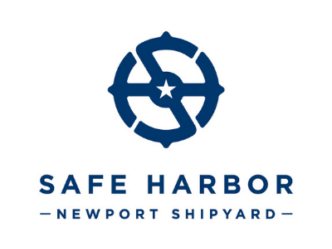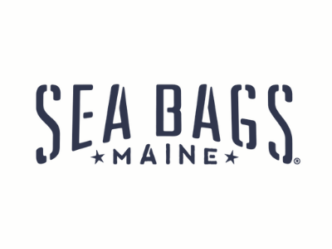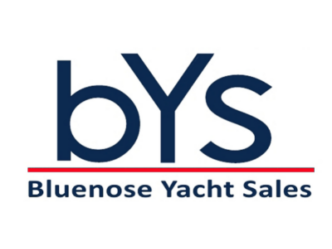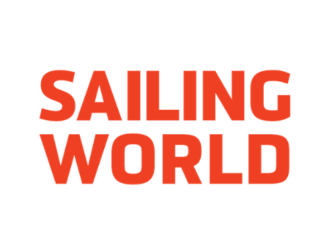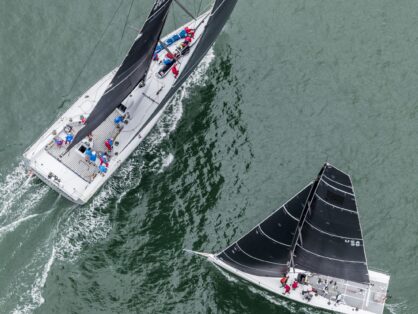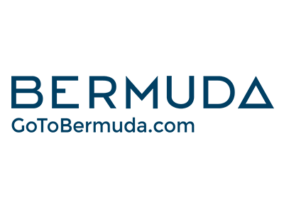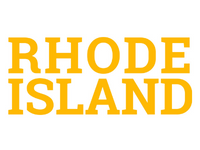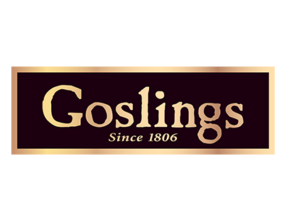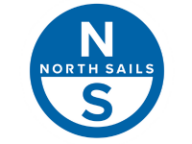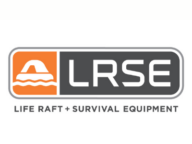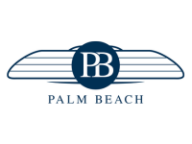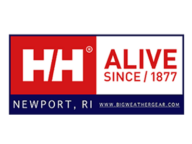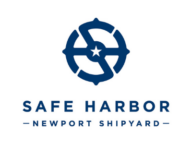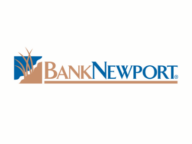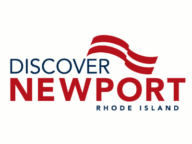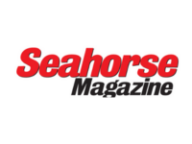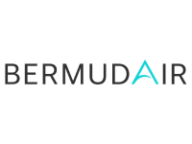Meet four of the nearly two dozen Newport Bermuda Race veterans who provide guidance to first-time or less-experienced captains through the Race's Ambassador program. All of them will be on the starting line tomorrow.
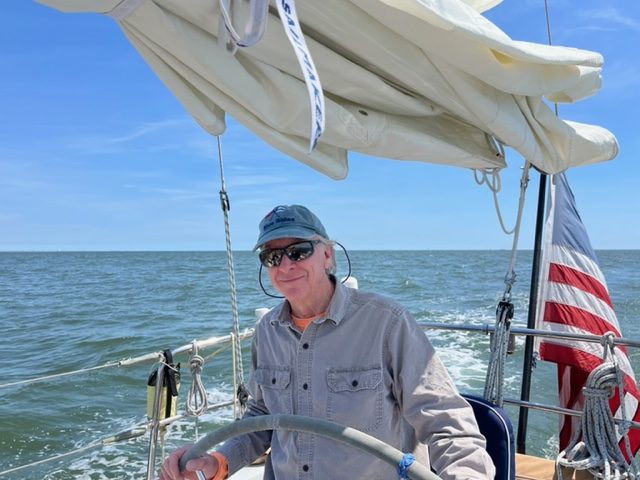
Bill Gunther sailed his first Bermuda Race at the age of 13 aboard his father’s Tor 40, which was designed by Ted Hood. Over the next few years, Bill sailed with his father in several Bermuda Races aboard an Alan Gurney-designed Carib 41 and a 53’ K/CB yawl, which was formerly Ted Hood’s Robin. Since then, Bill has owned and raced a range of boats in many Newport Bermuda and Marblehead Halifax Races. He is sailing in this year's Newport Bermuda Race as captain and co-skipper of Froya, the 46’ custom McCurdy & Rhodes-designed sloop, which is a little sister to Carina. As owner/captain of Froya, he won his class in 1994 and 1998, and he was second in class in 2018. Bill has won fleet honors in the Stamford Block Island, Stamford Vineyard, and Marblehead Halifax Races, and has won the Northern Ocean Racing Trophy twice.
With such experience, Bill thinks carefully about the technical aspects of boat design and yacht maintenance. “When things get rough, you want to know that the boat is solid and that you will be able to count on the important parts of the boat, the rudder, the rig, and the running rigging. All of those things will ensure that you can actually push the boat harder with confidence,” he says. Another important aspect of racing is crew dynamics, even when sailing with family. “We pay attention to that,” notes Bill, “understanding how people will get along and complement each other’s capabilities is critical. I remember many stories about races where, once people reached Bermuda, the crew just dispersed. On our boats everybody has wanted to spend a lot of time together in Bermuda. It is like having an extended family.”
With that in mind, Bill believes that a significant part of the outcome of most races is determined before the teams even leave the dock. The factors include how they have prepared the boat, how thoughtfully they have selected crew, and their crew training. “So much thought can go into your preparation in terms of sail inventory and weather briefings, for example, and it all influences your ability to have a successful outcome. Getting ready for the race is like a second job. A bit of inside knowledge and assistance can be truly valuable.”
“I think the Ambassador program is very effective, because when people have a problem, they can draw on the knowledge of someone who has been through it before,” Bill says. “The perennial problem is demonstrating the ability to steer when you have lost the use of your rudder. When I was working with one new entrant, I was able to share a design that that I had used on an old boat and he is thinking about using that kind of setup now.”
The race network is an important aspect of helping new contenders along too. “I’ve been able to provide relevant contacts when people have wanted to learn more about navigation, or repairs, or insurance,” Bill notes. “For instance, Frank Bohlen is on the race committee and he is an avid offshore sailor. He is very proficient in obtaining meaningful weather information offshore, so I've been able to help people make connections like that.” One of the most daunting things about offshore racing is the body of knowledge required. “Having someone look over your shoulder,” adds Bill, “asking questions and guiding you on what to do and how to avoid pitfalls is very helpful.”
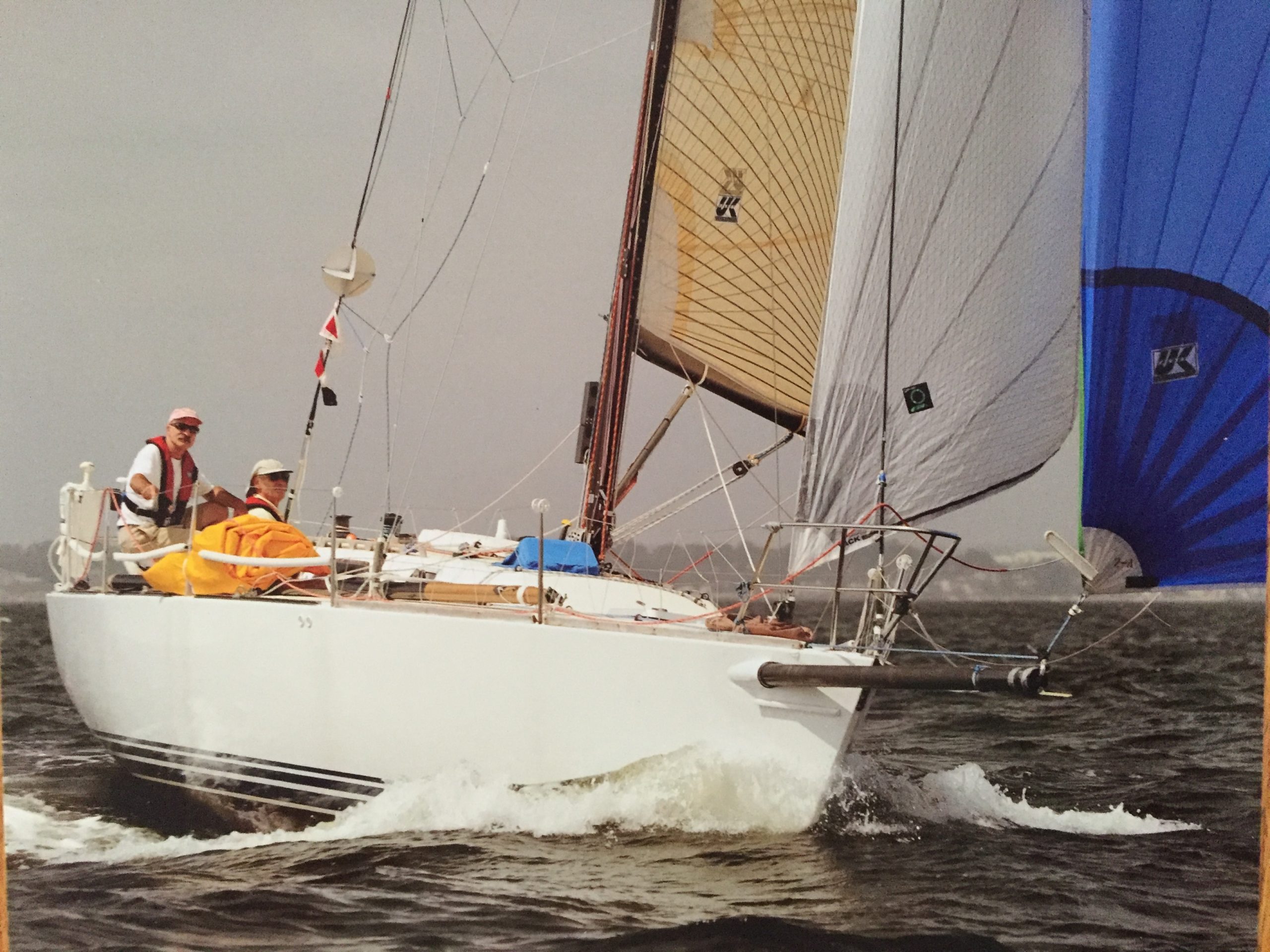
Rich du Moulin grew up sailing with his father and grandfather as a young child and began racing when he was about 10 years old at Knickerbocker Yacht Club in Port Washington on Long Island. The family always had a big boat, and he did quite a bit of overnight sailing in those days. In 1966, one of his father’s friends, Bates McKee, who owned a yawl named Xanadu, invited him on the Bermuda Race. Since then, Rich has only missed two Bermuda races.
His experience is not limited to the Eastern seaboard; Rich has logged tens of thousands of miles of offshore racing around the world, including seven Transatlantics, four Fastnets, the Sydney-Hobart, and many others. But the Bermuda Race has a special place in his itinerary: “We love the Bermuda Race and have a lot of friends on the island; it’s a great destination and I love sailing the boat back from there,” he says.
Drawing on memories from the past, Rich recalls the ’72 Bermuda Race when a hurricane shaped the strategies and the outcome. “I was navigating Charisma and we won our class. Overall, we came in second, beaten by a British boat on uncorrected time by 8 minutes. We had gone about 75 miles east to position ourselves for the hurricane and that’s how I qualified for the Storm Trysail Club.”
He has also seen some very close and exciting double handed races over the years. In 2003, Rich was in the Hong Kong-New York race with Rich Wilson and in 2004, the Bermuda Race with Peter Rugg, which they won. Rich likes to sail double-handed to Bermuda, but when he has a chance to race with any combination of his daughter and three sons, he'll gladly sail on a boat with a full crew. This year, he'll be sailing with two of his sons aboard the 59-foot Hound, owned by Dan Litchfield, who he has been assisting with preparations.
In terms of practical advice for would-be Bermuda Racers, Rich says, “Some people are very enthusiastic and have just bought a boat, but I would say, you don't want go out in the Bermuda Race with a new boat and a limited number of offshore miles under your belt. You need to learn about the boat and practice up.” Rich suggests that people do the Annapolis to Newport Race, Block Island Race, the Vineyard Race, and Marblehead to Halifax as a warm-up. Sailing teams may be waiting two years or so to enter the Bermuda Race by following this path, but they are building up to it in a solid, sensible way.
Circling back to the question of time, Rich has a tip: “Make believe the start of the Bermuda Race is May 1st,” he says, “and consider all of the modifications you're doing to the boat, any new electronics, any new rig, especially automatic steering and things like that. Complete all of the work the season before and give yourself time to test it out. If you leave modifications, installations, and testing until the spring, you may be in trouble by June.”
He also underscores the importance of safety on and offshore. Rich is a moderator for the Safety-at-Sea seminars and says he always emphasizes leadership, which means responsibility. “The skipper doesn't have to be the best sailor, or the most experienced person on board, but he or she will be the person responsible for making sure the boat and the crew are prepared and that they are making good decisions: to race or not to race; to continue racing, or to stop, depending on what is happening,” he says.
While racing and safety seminars are valuable, he adds that practice under challenging conditions is key: “You want to go out and test your boat, your equipment, and your crew rigorously. Find the first day where it's blowing 30, even if it’s miserable weather, but safe enough—you should be out there practicing everything. The best way to figure out what works in your boat is to try it under various conditions—just as you may experience once you are really racing.”

Howard Eisenberg began sailing during summers in Maine and then returned to it after medical school, when he was completing his residency in Boston. He moved to Texas and got involved in club racing on weekends, including the Harvest Moon Regatta, which goes from Galveston to Port Aransas. He bought a Baltic 38-footer named Max, after the book Where the Wild Things Are, and from there moved up to larger Baltic models. On his 52 named Isola, he ultimately replaced everything that was possible, in trying to make an old boat stay young. After some years of club and buoy racing, Howard wound up back on the East Coast and did one Marion to Bermuda race with friends. Then he sailed from Bermuda to Ireland, and later Spain to the Azores, really embracing long-distance cruising. His wife is immune to seasickness, and he notes, “Without her cooking, I wouldn’t have a crew.”
Although cruising had great appeal for them, racing was still a draw as well, and Howard did the Marblehead to Halifax Race and other Bermuda races, but he maintained a very different perspective on competition. After multiple Newport Bermuda races “We went from spinnaker to cruising—the cruiser division (now Finisterre), where we did better and got to the podium three times, but we never practiced intensely—it was just a group of friends all working on their careers. For us, the race was sort of a mini-adventure. All In all, I’ve probably done more than 10 offshore races.” After all these years, Howard and his wife still feel the pull of Bermuda. “Whenever it gets close, she says, “Well, aren't we doing the Bermuda Race this time?”” he notes.
The philosophical aspects of the sport and what motivates people in the sailing world are also of interest to them. “I always asked the people who I know well and sail with, “Why are we doing this? Why is this so fascinating?’” Howard recalls. “It's partly the draw of nature— the wilderness, being out in the ocean, even in a blow; it’s unpredictable. And then you can be sailing at night and it's beautiful. Still, what compels people like me to go on long-distance ocean races really is a mystery.”
One time they went to Bermuda without electronic navigation, using a sextant instead; they found that to be an illuminating experience. As part of the exploration of more extreme sailing, Howard mentions Ellen MacArthur, one of the few women to complete the Vendée Globe (second place, in 2000-2001). One of the striking things about offshore racing like the Bermuda Race is the range of the competition. There are very few sports where amateur competitors can play on the same field as the pros. But, as Howard notes, “With the Bermuda Race, a boat like Comanche will be there, and all the way down to the families that love to race together and double-handed boats.”
Even though he has a Zen-like attitude towards time and race finishes, Howard is mindful of safety and states that one of the key aspects is familiarity with various conditions and simply putting hours in on the water. “Don’t just try new things on the calm days,” he says. “You should go out on a real windy day, a choppy day, a difficult day, and test things then so you know what you're doing.” Referring back to his sailing library, he adds, “There is a long story behind the modern conventions for safety; Fastnet ‘79 and Sydney Hobart ’98 have played a part in shaping the kind of rules and regulations that we follow now. In The Proving Ground by G. Bruce Knecht, about the ’98 Sydney Hobart Race, there is a quote from Larry Ellison who, during the race when the conditions were, to say the least, says something like, 'I was in my bunk and wished I had a button I could push and I would just be on land. I would have given all the money I had for something like that.' To me that says a lot and it’s great that he was willing to express how he felt under such duress. But that’s why we try the challenging sports, to push ourselves to the limit.”
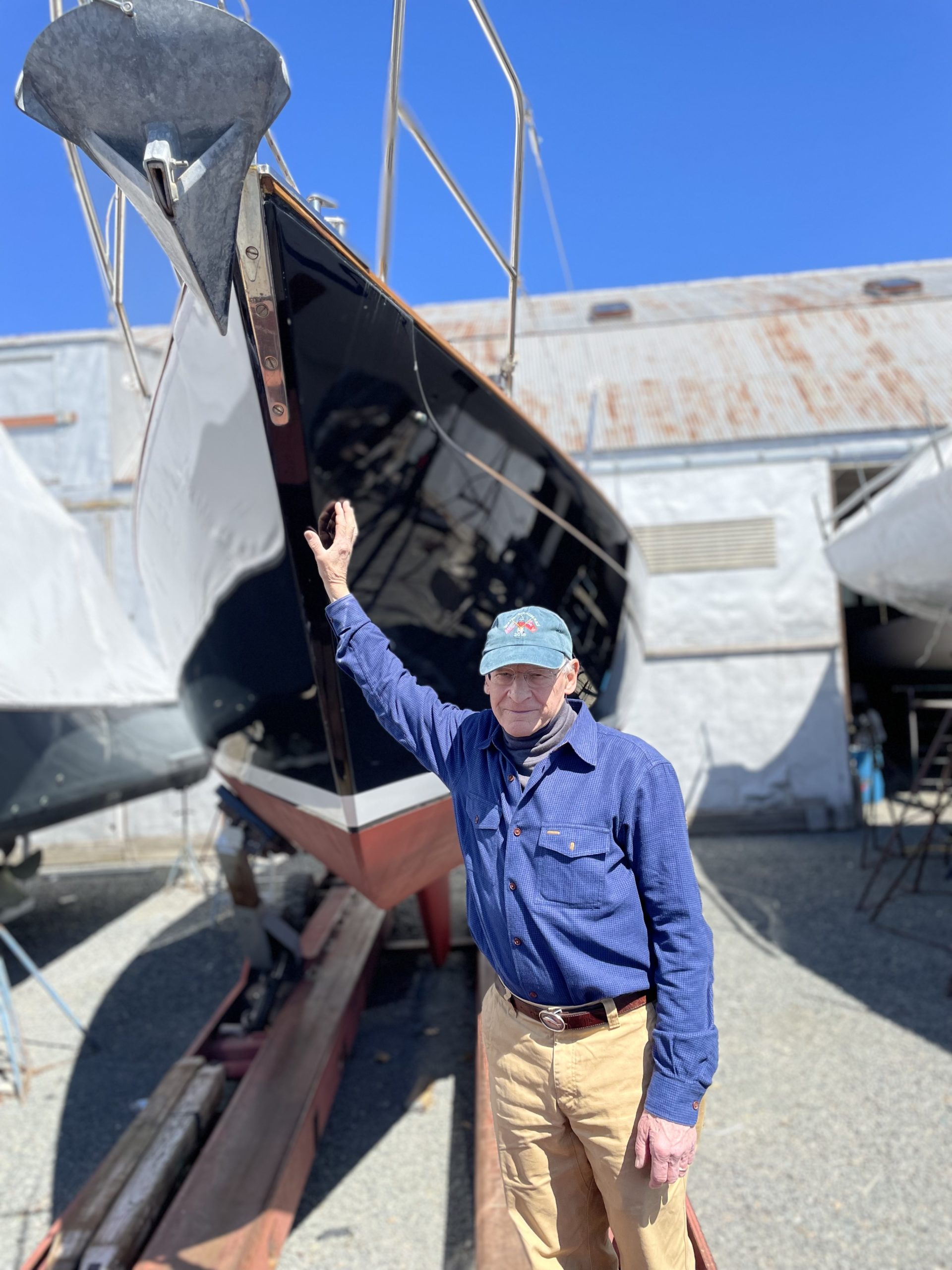
Tom Vander Salm grew up in Michigan and learned to sail and race Snipes and Stars with his younger brother on Gull Lake between Detroit and Chicago. They did quite a bit of buoy racing and enjoyed the brotherly competition. As an adult, Tom was in Pittsburgh for college at Carnegie Tech, then in Baltimore for medical school at Johns Hopkins, and finally in Boston for his surgical residency. After many years living in Worcester, he moved to Salem, Massachusetts. He bought a 48-foot Hinckley yawl and completed his first Bermuda Race in 2008 on his fully crewed boat. Although he loved the distance, Tom found that he preferred racing on a different scale. He switched to double-handed racing for the next race and has been in every Bermuda Race since then, as well as four Marblehead to Halifax Races, all with a crew of two. He is now 81 years old and ready to be on the starting line.
“I got into double-handing in a big way. It's been a huge learning curve for me, and I was very apprehensive about the first inspection. However, I learned an enormous amount from going through the process with John Winder, who gave me great advice about how to set the boat up safely and efficiently,” Tom says. “There's so much to learn about what goes on in the Gulf Stream and the weather. I still feel like a novice, even though I've done all six races since 2008.”
Tom got a new boat at the end of 2018, after the last Bermuda Race before the pandemic. He was on the starting line that year in his 48-foot yawl, and forced another boat over, Yankee Girl, sailed by Zach Lee. “I was coming down the line on starboard tack, and they were on port. Once they were forced about, I said to Zach, “This is the last time we’ll be ahead of you!” He had a smaller boat, but a faster boat. There’s even a picture of the incident from the helicopter. I proved correct: Yankee Girl won our class.”
But the little racing incident set up a different kind of conversation later on. “At the end of the summer, we started talking and he was thinking about selling his boat. In October, I bought Yankee Girl, and we ended up giving our old boat to Maine Maritime Academy.”
Since then, Tom has been doing races like the Newport Solo/Twin, a race up to Boothbay Harbor, and several double-handed overnight races. And he has also been serving as a race Ambassador for double-handed and other racing teams.
“For that first race in 2008, we had quite a bit of work to do on the boat just to satisfy the safety requirements,” Tom recalls, “and at the time, I wished I had started the process a year earlier.” As many contenders will confirm, among the hurdles to getting into the Bermuda Race are indeed the safety and experience requirements. Tom adds, “Sailing from Newport to Bermuda, there can be huge changes in weather and sea conditions. I had done plenty of reading about it, but when you're sailing in 5 knots of wind and all of a sudden it goes to 45 knots… I was pretty shocked by those rapid changes.”
Having raced for 20 years on small, one-design boats, and more recently doing ocean races, Tom has several insights on how to survive as a small team. “These offshore races are a much bigger challenge for double-handers than they are for fully crewed boats, where you can have people assigned to specific tasks. Obviously with double-handing, you both have to do the navigating, the sailing, and the cooking, while at the same time finding time for sleep. For me, that is difficult, especially during the daytime, but you have to force yourself to do it so that you can cope with emergencies and challenges as they arise.”
Born in part out of the hardships, a camaraderie and community have evolved in this corner of the sailing world. “Four or five Bermuda races ago, we started holding a double-handed party on Wednesday before the Friday start,” Tom says. “It’s a casual cookout and a nice way to bond before the race. My original rationale for the party was that it was a good way to meet other crews, especially since I anticipated (correctly) seeing only their transoms during the race. Sailors in general, but even more so, double-handers are a super-friendly, mutually supportive group.”


